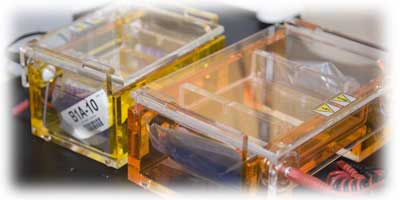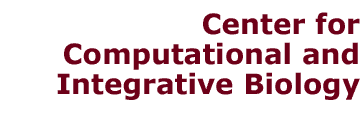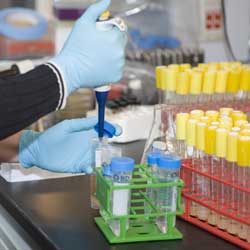 |
|||||||||||||||||
|
|||||||||||||||||
|
Research
With the emergence of new pathogens and the increasing antibiotic resistance of old pathogens, novel ways of thinking about therapeutics and for combating infectious diseases must be developed. The goal of my research is to understand in vivo mechanisms of bacterial pathogenesis by studying pathogen-host interactions. By merging the powerful fields of chemical genetics and bacterial genetics/genomics, we hope to provide insight into possible new paradigms for addressing infectious diseases. Despite recent, largely genetic, technical advances in the field of in vivo pathogen-host interactions, many important questions related to the mechanisms of bacterial pathogenesis remain unanswered, in part because of the inability of in vitro conditions to accurately mimic in vivo ones.The newly developing field of chemical genetics offers a novel and promising approach to studying these mechanisms, thus complementing traditional genetic studies. Chemical genetics uses small, organic molecules as specific tools to conditionally induce a phenotype by activating or inhibiting specific protein targets, thus allowing the manipulation of relevant pathways in vitro and in vivo, on very short time scales. In concert with taking a chemical biological approach to pathogenesis, our lab is interested in developing powerful genomic approaches to facilitate rapid identification of targeted pathways and interactions. Using small molecules that we identify and develop from high-throughput, forward genetic screens to study Vibrio cholerae, Pseudomonas aeruginosa and Mycobacterium tuberculosis, we hope to identify new approaches to disease intervention. Three areas are of particular interest:
|
|||||||||||||||||
|
|
|||||||||||||||||
| Copyright © 2006-2012 The Massachusetts General Hospital | |||


